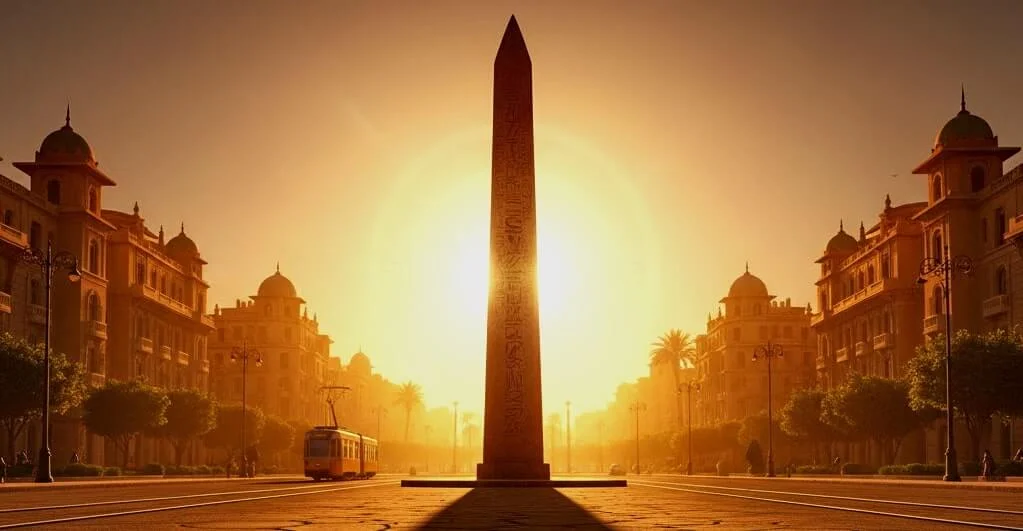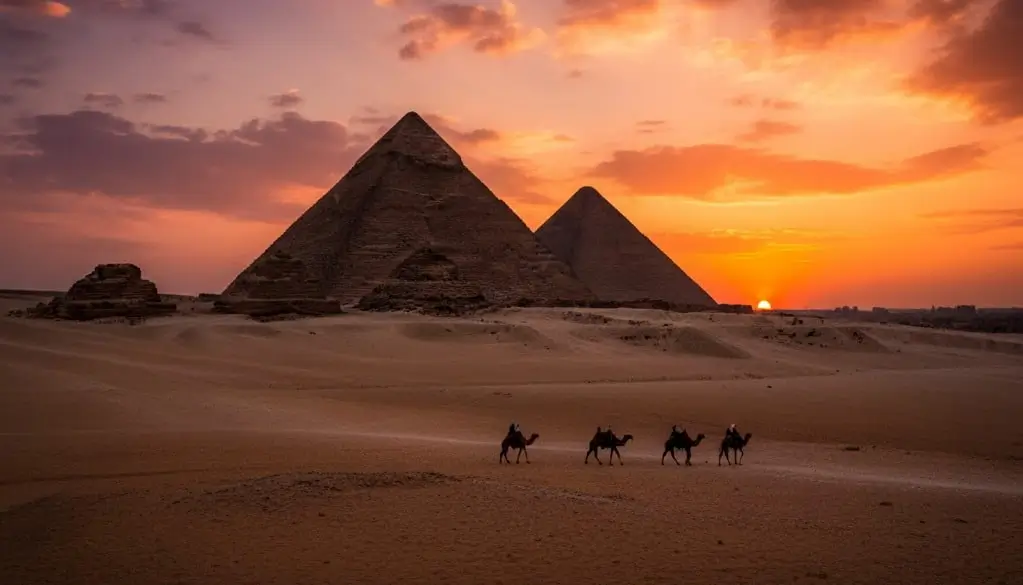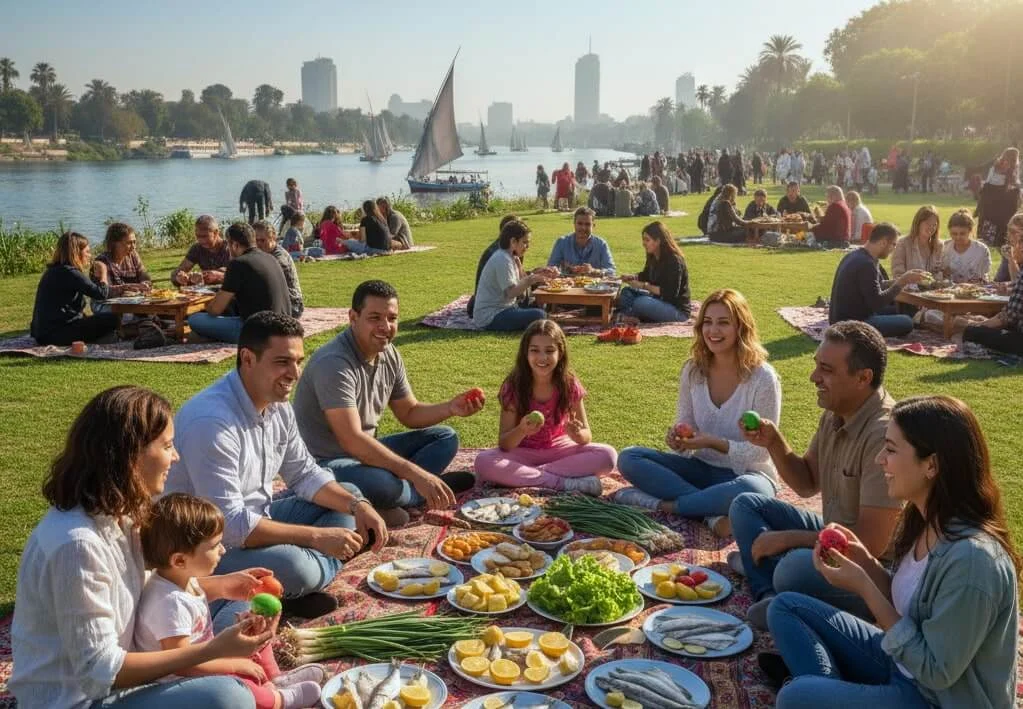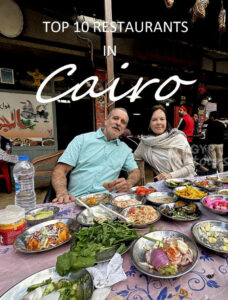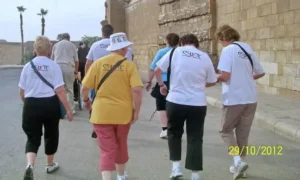Discover the Bahariya Oasis
The Bahariya Oasis is one of Egypt’s largest oases. It offers natural desert attractions and ancient ruins. This post presents information, facts, and data about the Bahariya Oasis.
A group of highly qualified tour operators, tour guides, academics, and travel advisors wrote this guide. The Bahariya Oasis emerged from the aridity of Egypt’s western desert. It is one of the country’s most captivating locations. The oasis is visually stunning and historically significant. Its roots date back to ancient Egyptian civilization. The oasis has also been the site of some of our time’s most significant archaeological discoveries.



